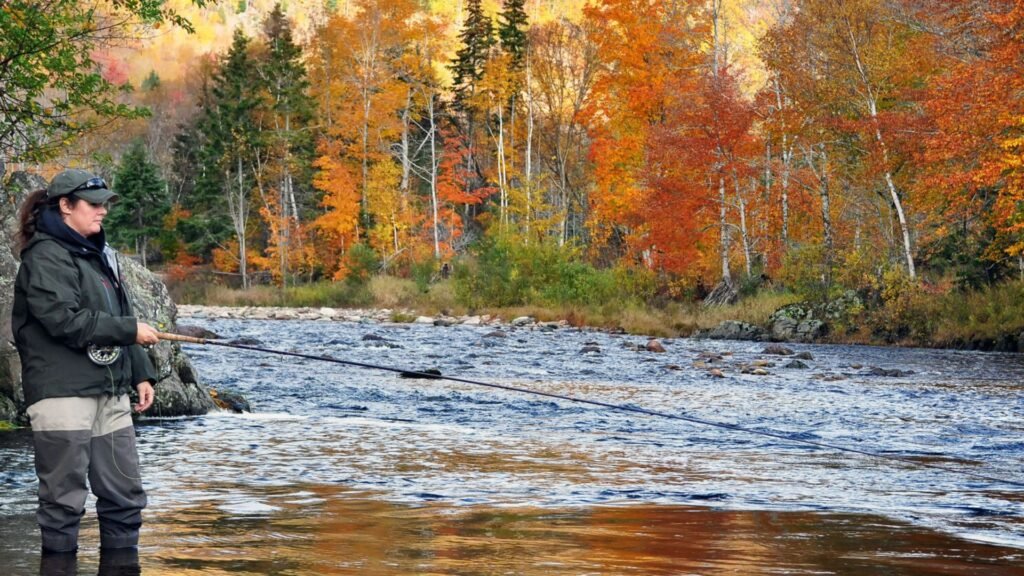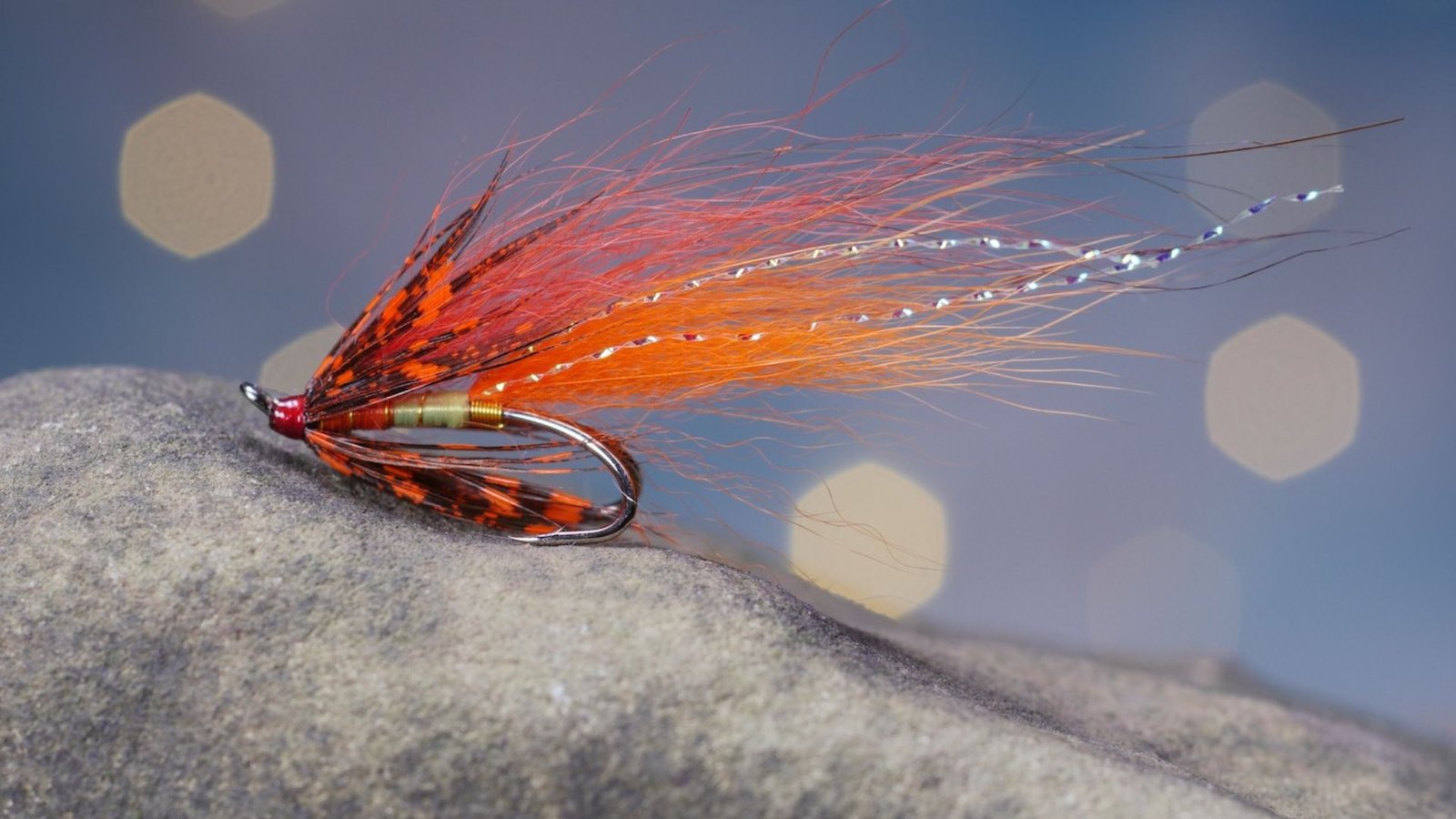Fishing with salmon flies can be an exhilarating experience, but it requires skill and strategy to maximize your chances of a successful catch. Avoiding common mistakes is crucial for increasing your effectiveness as an angler. This article outlines the top 10 mistakes to steer clear of when fishing with salmon flies, ensuring a more rewarding and productive fishing trip.

Top 10 Mistakes to Avoid When Fishing with Salmon Flies
Ignoring Local Fishing Regulations
Before casting your line, familiarize yourself with local fishing regulations. Each region has specific rules regarding fishing seasons, catch limits, and conservation practices. Ignoring these regulations not only risks legal consequences but also harms fish populations and their habitats. Always check and adhere to local guidelines to promote sustainable fishing practices.
Using the Wrong Fly for Conditions
Choosing the appropriate fly pattern is essential for attracting salmon. Different fly patterns mimic various insects or baitfish that salmon feed on. Using the wrong fly for the current conditions—such as water temperature, weather, and fish behavior—can reduce your chances of a successful catch. Research local conditions and select flies that closely match the natural prey available to salmon in that environment.
Poor Fly Presentation
The presentation of your fly is critical to enticing salmon to strike. Sloppy casting, improper depth control, or erratic movements can deter fish. Salmon are selective feeders and prefer flies that drift naturally and mimic real prey. Practice precise casting techniques, adjust your presentation to match the water’s flow and depth, and aim for a natural drift to increase your fly’s effectiveness.
Fishing at the Wrong Time of Day
Salmon activity varies throughout the day, influenced by factors such as light conditions and water temperature. Fishing during low-light periods, early mornings, or late evenings when salmon are more active can significantly improve your chances of a successful catch. Avoid midday fishing when salmon are less likely to feed actively and seek shelter in deeper, cooler waters.
Overhandling the Line
Excessive movement and handling of the fishing line can spook cautious salmon and decrease your chances of a strike. Minimize unnecessary movements, maintain a gentle touch on the line, and allow the fly to drift naturally in the water. Avoid constantly reeling in and recasting without observing fish behavior or adjusting your approach based on their response.
Ignoring Weather and Environmental Cues
Weather conditions and environmental factors directly influence salmon behavior and feeding patterns. Ignoring changes in weather, water clarity, or natural cues can lead to ineffective fishing strategies. Pay attention to weather forecasts, water temperature fluctuations, and fish activity signals like jumping or surface disturbances. Adapt your fishing approach accordingly to align with current environmental conditions.
Using Old or Damaged Flies
The condition of your fly directly impacts its attractiveness to salmon. Old, worn-out, or damaged flies may not mimic natural prey effectively, reducing their appeal to fish. Before each fishing trip, inspect your flies for signs of wear, replace damaged ones, and ensure they are in optimal condition to enhance their realism and effectiveness in the water.
Lack of Patience
Patience is essential in salmon fishing. Rushing or moving too quickly from one spot to another can lead to missed opportunities. Allow sufficient time for your fly to drift naturally, observe fish behavior, and make subtle adjustments to your presentation as needed. Patience increases your chances of attracting and enticing salmon to strike, especially during periods of cautious feeding behavior.
Not Adapting to Changing Conditions
Flexibility is key to successful salmon fishing. Fish behavior and environmental conditions can change throughout the day. Be prepared to adapt your fly patterns, fishing techniques, and locations based on evolving conditions such as water temperature shifts, light intensity, and fish movement. Staying observant and responsive to these changes maximizes your opportunities for a successful fishing experience.
Underestimating the Importance of Stealth
Salmon have keen senses and can detect vibrations, shadows, and movements in the water. Loud noises, sudden movements, or standing too close to the water’s edge can startle fish and cause them to flee. Practice stealthy approaches, move quietly along the shore or in a boat, and avoid disturbing the water unnecessarily. Maintaining a low profile and minimizing disturbances increase your chances of getting closer to salmon without spooking them.
Final Thoughts



